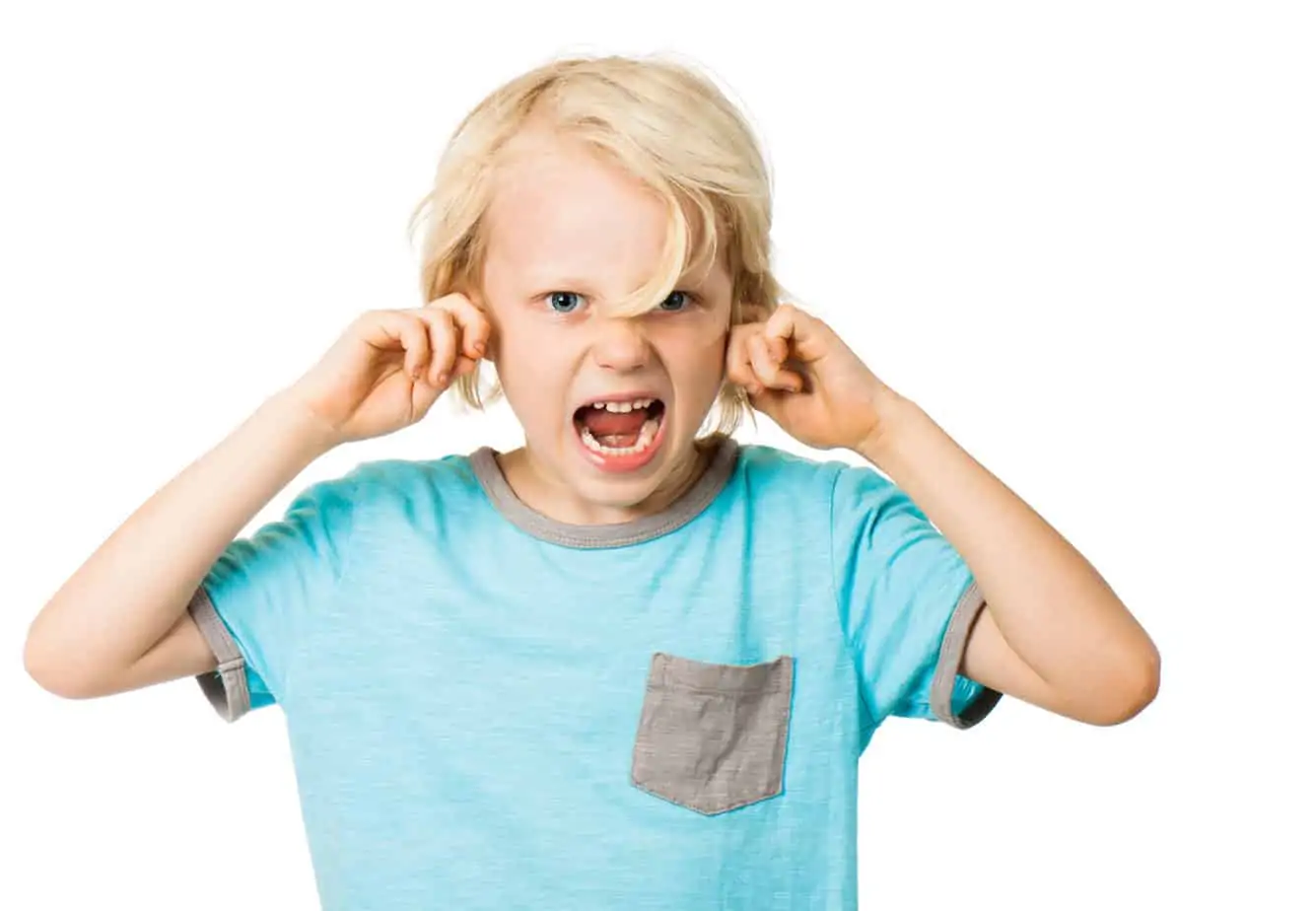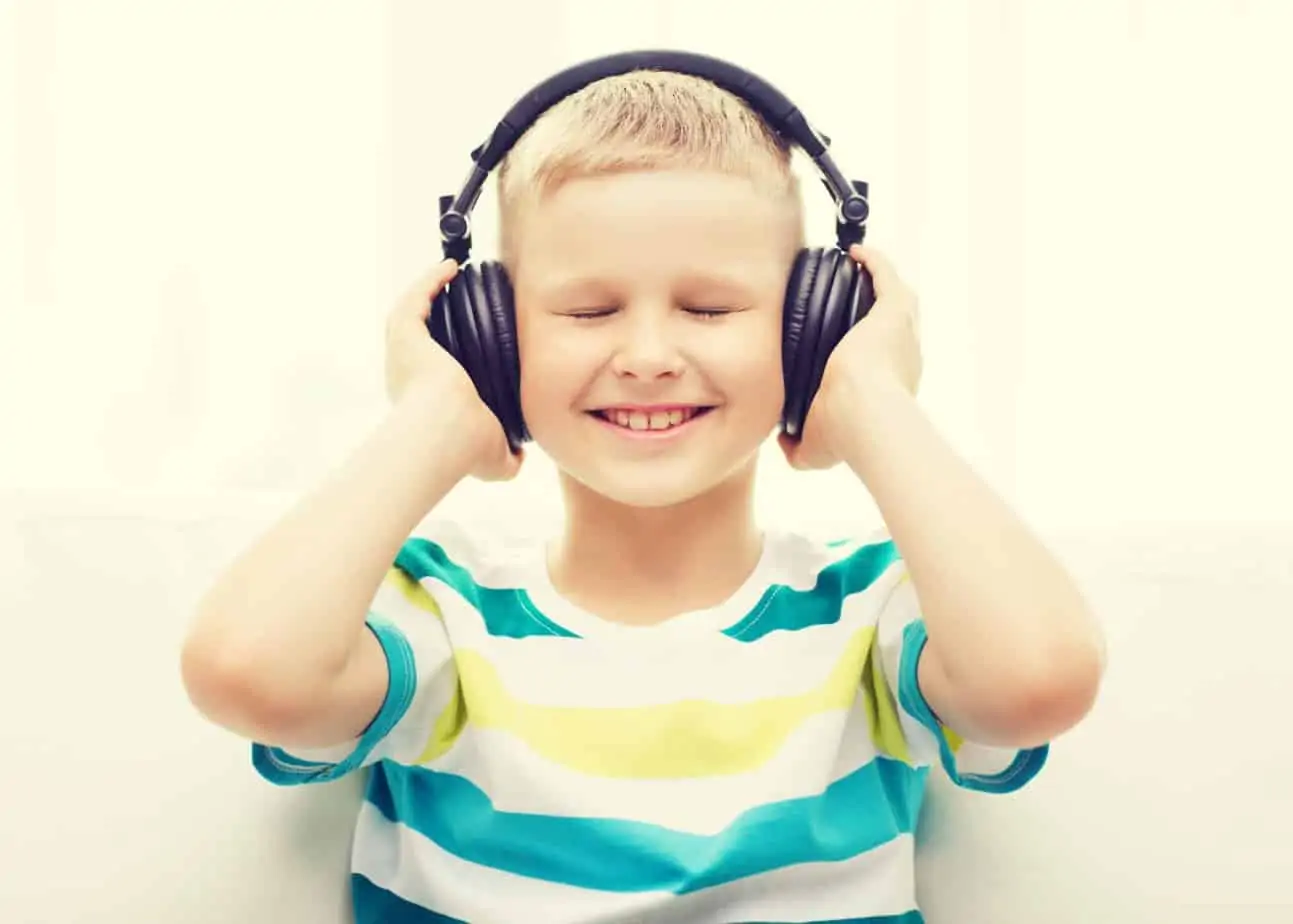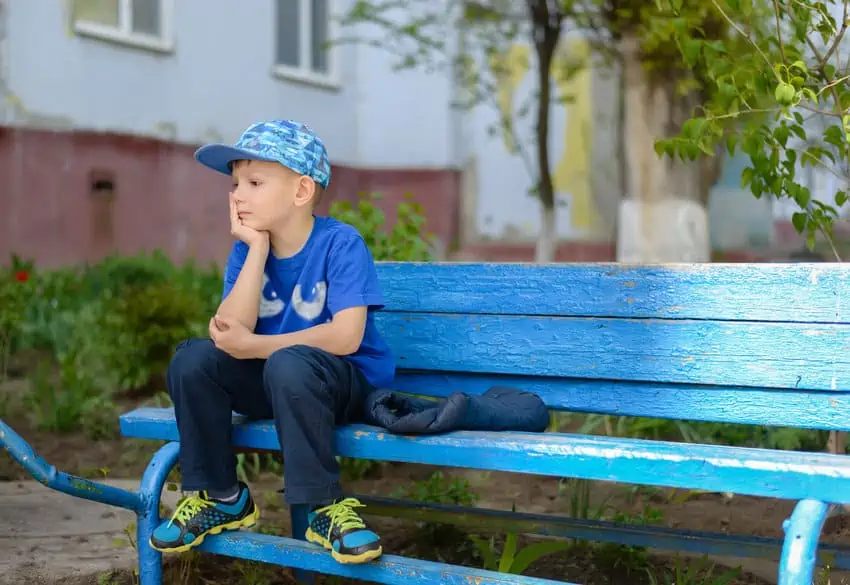Toddler or preschool aged child who is dealing with strong emotions? How parents can help teach about feelings and influence a child’s healthy emotional development. Check out the emotions identification toolkit to help kids dive deep into their feelings and emotions and uncover what’s going on under the surface and feel confident to communicate these revelations.
How Can I Help My Child Deal with Strong Emotions?
All kids cry when they’re upset.
It’s healthy, right?
When I had finally become a parent, I knew that I’d be rushing to my child’s rescue at even the slightest whimper. Whenever their little bodies and tiny hearts got hurt, it was my mission to make it better.
With each passing day, my children’s emotions seemed to crescendo into a more significant storm than the last. Their reactions to certain situations seemed to grow, even explode at the drop of a pin.
The tears, the tantrums, and the outbursts were becoming too much to handle. Why was my child crying for what seemed like hours throughout the day, every single day?
I was not ready for this exhausting aspect of parenting, no matter how prepared I thought I was. However, I eventually realized that I didn’t yet know how to properly handle my child’s big emotions, let alone help them navigate through them.
If your child is starting to express their emotions but can’t tell you how they feel… they’re at an important transition where it’s time to build emotional intelligence.
Check out the emotions identification toolkit to help kids dive deep into their feelings and emotions and uncover what’s going on under the surface and feel confident to communicate these revelations.
Growing kids who feel big emotions and don’t quite know how to process them.
When kids express their feelings strongly and (often-times loudly), it’s their only way to ask for help. Even adults are still learning to regulate emotions as they grow through different stages of life.
Here are some tried-and-true approaches to help your child navigate their intense emotions.
One of our favorite tools to use when teaching kids about emotions, are emotion picture cards. They work like magic for little ones to learn to put names to their feelings, and also recognize the same emotions in others.
How can I help my child with big emotions?
When your little ones start to cry, whine, throw tantrums and show other challenging behavior, you know it might be time to start talking about emotions and how to calming express feelings – without throwing a toy or putting their hands on another person.
What are characteristics of emotional development?
- Interactions with Adults.
- Relationships with Adults.
- Interactions with Peers.
- Relationships with Peers.
- Identity of Self in Relation to Others.
- Recognition of Ability.
- Expression of Emotion.
- Empathy.
The ability to recognize and express emotions will determine how children relate, interact and have relationships with others.
The next four steps will show you how to build a foundation for emotional development and to teach children about their big emotions, so they aren’t so scary to them, in the future.
1) Help Your Child Identify Their Emotions
Look at the emotions identification toolkit to help kids dive deep into their feelings and emotions and uncover what’s going on under the surface and feel confident to communicate these revelations.
Think back on a time when you had to learn an entirely new language whether it was for school or traveling abroad. You likely knew some basic greetings, such as “hello,” “goodbye,” and, “where’s the restroom?”
Now imagine becoming lost in a city where anyone rarely spoke your native tongue. How would you manage to find your way back to home base without the knowledge to verbally express your emotions in this city’s native language? How could you communicate you needed help and were feeling frightened?
This scenario is similar to how a child feels when they don’t yet grasp how to express the big emotions they feel.
They need their parents and teachers to guide them to a better understanding of what these substantial feelings are, and it starts with what to call them.
When your child expresses anger, sadness, or another complicated emotion that eventually leads to a meltdown, calmly ride the wave with them.
Sitting nearby without hovering will let them know you are present for when they are ready to calm themselves.
Once they do, gently remind them you are there to talk about what happened.
Ask if they can describe how they felt using body language, art, or even music.
By identifying the emotion and reflecting their reactions to specific situations, you can help your child recognize and describe when they are sad, angry, or hurt.
Use your emotion picture cards to help them name and communicate how they’re feeling. If you want something more than the picture cards, Emotions A-Z: from Chaos to in Control is the next step in teaching emotions.
2) Practice Compassion
When children look up to their role models, they aren’t only trying to navigate their world – they are seeking warmth and comfort every step of the way.
As they navigate these intense emotions, safety and security in the home will help ensure children know they’re welcome to express themselves without judgment or unnecessary punishment.
During outbursts, tantrums and crying fits, refrain from any negative name-calling or stern reactions.
Labeling your child such as “wimp,” “drama queen,” “weak,” or “crybaby” will only leave a demoralizing impression on your child.
These phrases are harmful and can leave a large gash in a child’s self-esteem, causing them to see flaws in their character permanently. Our jobs as parents and guardians are to build our children up into confident, secure, and compassionate individuals. To do this, we must practice these character traits ourselves.
Practicing compassion will help your child understand that these intense emotions are not only healthy, but expected in stressful situations.
3) Be an Impressionable Role Model
Emotions such as sadness, anger, confusion, and empathy are challenging for a child to navigate on their own.
Children are mentally fragile and are building up their self-confidence while relying on adults as their main role models.
When you want nothing more than to react and tell your child exactly how you’re feeling, stop, and breathe.
Lashing out on your child is never necessary. Not only will these negative actions destruct the trust you have built with your child, but it will potentially cause permanent trauma that is difficult, if not impossible, to reverse.
Related: New Ideas to Help You Practice Calm Parenting & Stop Yelling When You Feel Mad
If we’re unable to handle our own emotions as adults, how can we teach our kids to navigate theirs? When our kids are in a tight emotional bind, they’ll need the help of their supportive adult figures.
Children closely watch adults and model their behaviors from our responses to certain situations.
For example, yelling directly at your kids when you step on a mound of LEGO bricks will only teach your children that shouting and blaming is acceptable behavior.
If you do act out in front of your child, you can use this time as a learning opportunity.
Regardless of the level of the anger you expressed, your child should be shown genuine forgiveness. Let them know you still love them, even if you did act in a distressed manner.
Talk about your feelings, explaining what causes your outburst, what you were feeling inside and how you could have handled the situation better.
Give yourself some time to set some personal boundaries on how much of a reaction you’ll express when your child sets you off (intentionally or not). Acting calm, collected, and connected to your child will teach them proper emotional regulation and will hopefully lessen the number of tears shed per day.
Simply put, don’t ignore your negative behaviors.
Children are incredibly impressionable and will remember the times your reactions were less-than-pleasant, resulting in your kids mimicking the negative behavior you demonstrated.
If you are experiencing trouble regulating your emotions, there is never any shame in seeking help from a medical professional. Therapy can be an excellent tool to better understand your feelings, as well as give you insight to children’s behavior, too.
4) Understand This Behavior is Normal (and Expected!)
Children are continually growing and developing physically and mentally. There are specific periods of growth that are much more noticeable than others, such as the “terrible twos.”
A child’s outbursts will often make us as parents feel isolated and alone. The truth is, it can be lonely! These scenarios are entirely typical, but remember that you indeed are not alone, and these times in growth and self-exploration are healthy and necessary.
Remember that your child’s feelings and the emotions they express are never wrong, incorrect or irrational.
A child’s less-than-positive behavior can always use more positive redirection, but the emotions your child experiences are still true to them. Respect their feelings and let them know it’s okay to feel sad, angry, or confused, but know it’s good to talk about alternatives ways to react so they can learn how to behave in a calm, respectful way the next time big emotions strike.
To learn and discover emotions, we must feel and accept them entirely.
Being ashamed for experiencing certain emotions will only stop us from living emotionally abundant lives. Our kids can be the best teachers in precisely this. With you by their side, they won’t feel so isolated in their head themselves.
At What Age Can a Child Control their Emotions?
There are three parts of brain development and the brain won’t fully mature until the age of 24.
That’s why it’s important to remember you’re dealing with brain development and all the wiring that leads to emotions, self-control and decision-making, is not yet fully developed.
Read more about brain development of the lower, middle and higher brain and what ages of development mean for you, and your child.
Children feel small in the big world they are discovering. Your child is doing the best they can to process their emotions and to understand them fully.
As a parent, remember that you are doing what you can to understand your child’s emotions best, too. Even though it may be a confusing and often frustrating time for the family, your child looks up to you for guidance as they grow. Not only are your children growing, however, but you are growing alongside them as their supportive, loving, and emotionally regulated parent.
Tip: The Calm Down Toolkit helps kids develop calm down strategies and self-regulatory methods that work best for them, including mindful breathing and tracing patterns.
Related Big Emotions & Emotional Development Articles
- Teaching Feelings & 6 Steps to Help Kids Express Their Emotions
- Handling Toddler Tantrums: Big Emotions & Helping Your Toddler Feel Heard
- Parents: 5 Steps to Teach Kids How to Manage Big Emotions (Free Printable)
- Anger Management for Kids: 10 Ways Parents Can Help Kids Calm Down
- Help Your Children Understand Emotions and Develop the Emotional Intelligence They Need
Want even more?
Shop All Parenting Resources
Shop all of our parenting resources from self-regulation tools and managing big emotions to building self esteem and confidence. There are resources for all seasons of life!










